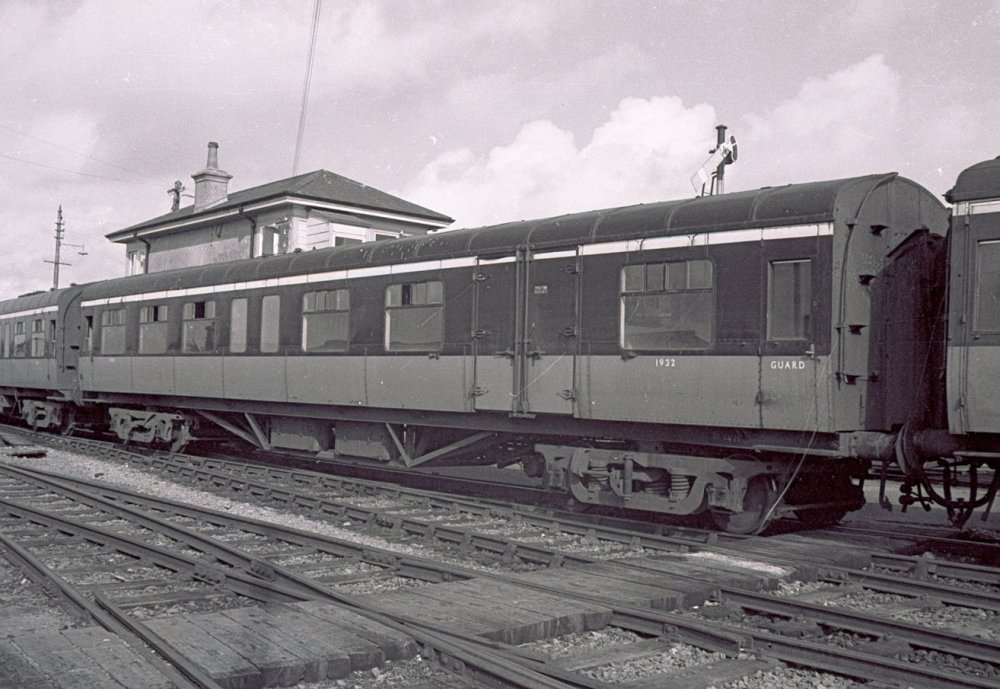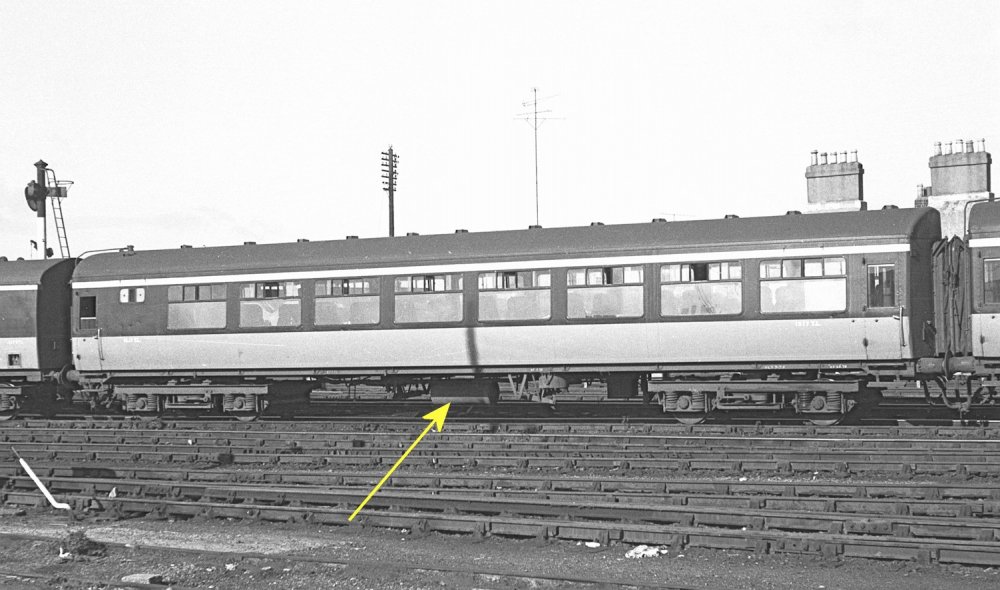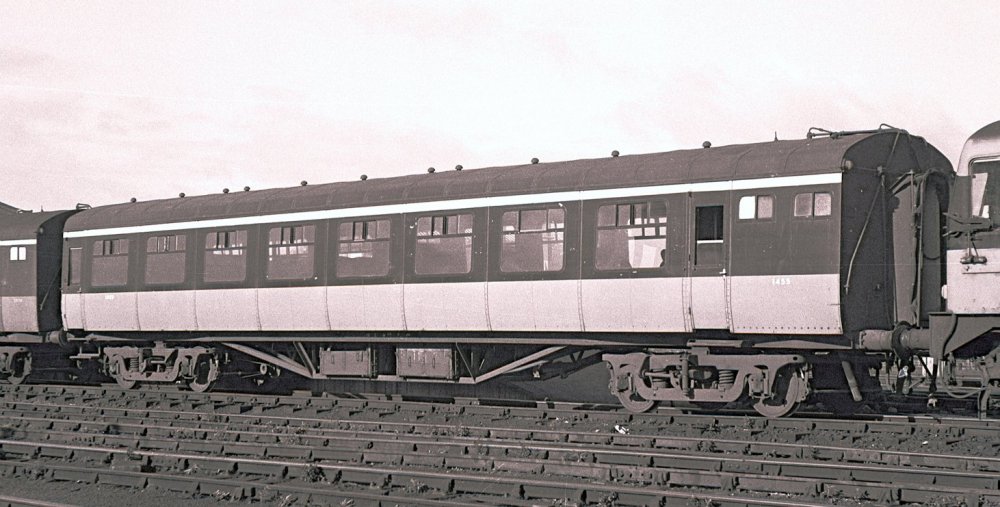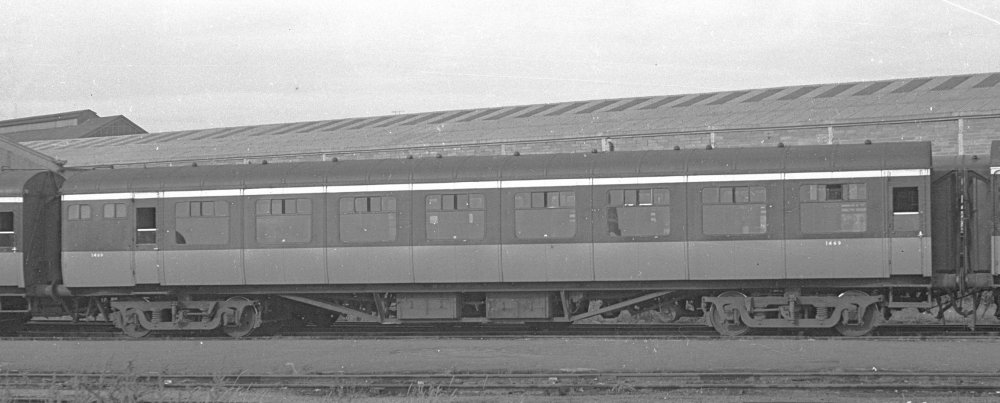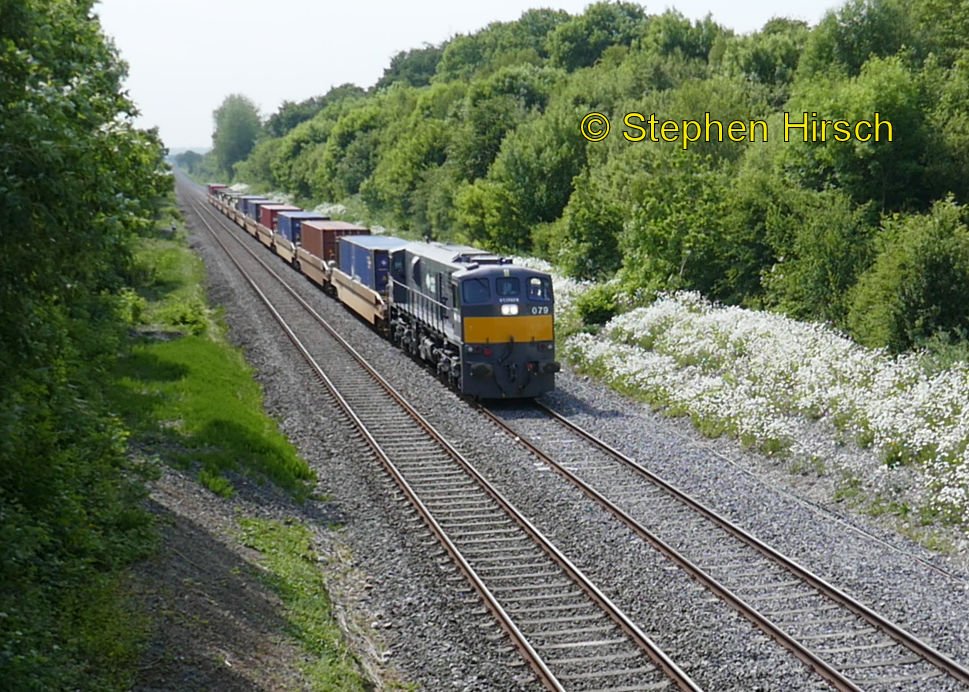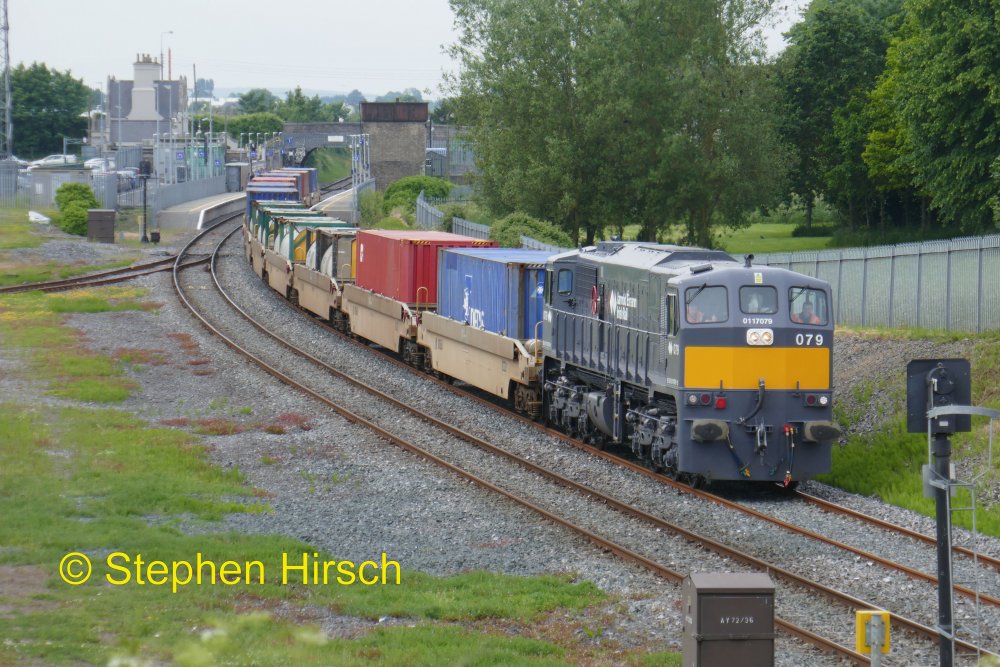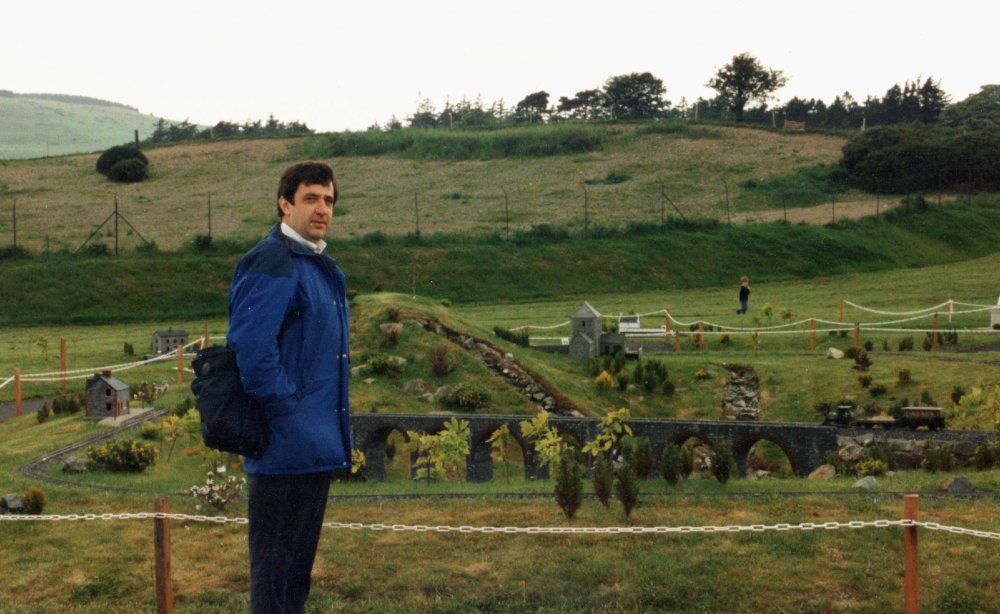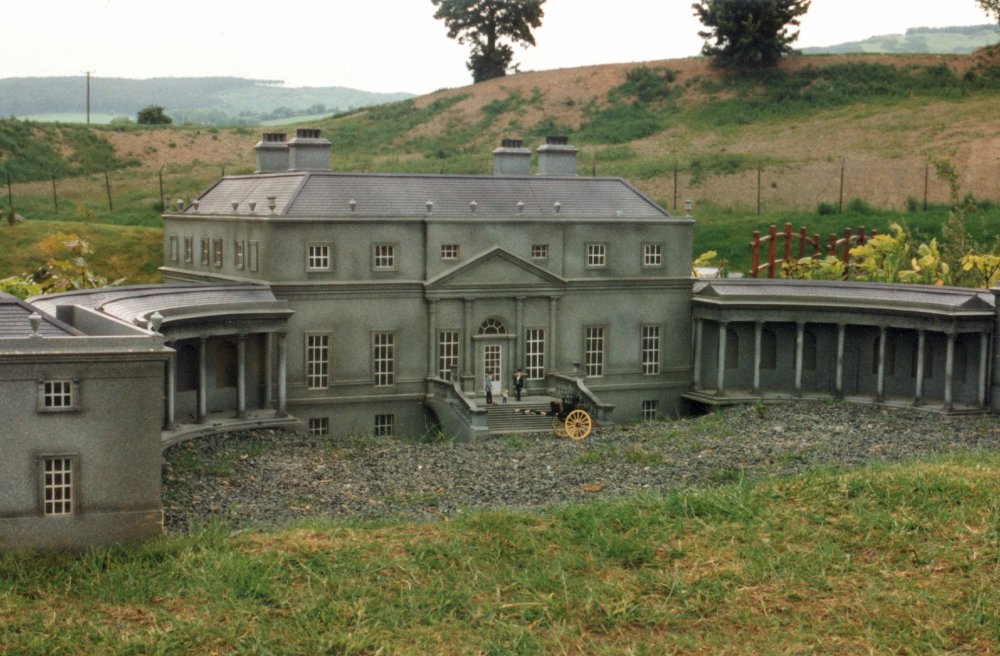-
Posts
1,037 -
Joined
-
Last visited
-
Days Won
5
Content Type
Profiles
Forums
Events
Gallery
Blogs
Store
Community Map
Everything posted by josefstadt
-
Fascinating bit of history! If you can dig out the book, I'd love to hear more.
-
Didn't think that Connolly ever had a roundhouse. Which bit of Sheriff St are you talking about Richie?
-
Thanks for that Fran. IRM's quality is always worth waiting for.
-
Any update on the delivery of these?
-
Brilliant result. Well done to all at IRM / Accurascale!
-

CIE Laminate Coaches - Worsley Works - ECMbuild in 4mm
josefstadt replied to murrayec's topic in Irish Models
Absolutely outstanding workmanship Eoin! You have taken an already excellent model and elevated it to a level beyond belief. -

CIE Laminate Coaches - Worsley Works - ECMbuild in 4mm
josefstadt replied to murrayec's topic in Irish Models
Not so. The batteries and the vacuum tanks, vacuum reservoirs, are for two distinct features. The batteries were solely for providing electrical power for internal lighting in the carriage. They remained in use until the introduction of the Train Line (T.L.) lighting system in the 1970s. When a carriage was converted to the T.L. system it lost the four large battery boxes and gained in their place a small control box and a small battery for emergency lighting in the vehicle, should the main lights fail (see the photo of 1517 above). The vacuum reservoirs, where fitted, provided for the quick release of the brakes on that vehicle. As noted above they were only fitted to vehicles that worked with the AEC railcars, due to the size of the exhausters (used to create the vacuum) fitted on the railcars. These were too small to efficiently create a vacuum and thus release the trains brakes. The reservoir provided a store of vacuum which would be fed into the brake cylinder, thereby releasing the brakes. Carriages which had the vacuum reservoirs fitted also had two vacuum pipes, one to operate the brakes in the normal manner and the other, slightly smaller pipe, to create the vacuum in the reservoir. In conventional locomotive hauled trains the provision of vacuum reservoirs was not required. The exhauster on the locomotive was large enough to release the brakes efficiently and also, the train could be held on the loco brake, while the carriage brakes would be released in preparation for departure. Hi flange and Eoin. The belts came off when they broke. I certainly remember the permanent way littered with them! -

CIE Laminate Coaches - Worsley Works - ECMbuild in 4mm
josefstadt replied to murrayec's topic in Irish Models
Thanks John. -

CIE Laminate Coaches - Worsley Works - ECMbuild in 4mm
josefstadt replied to murrayec's topic in Irish Models
Eoin, having spoken with a friend who is an expert in these matters, I can confirm that the cylinders arrowed in the attached photo of the model should, in general, not be included. Also, from examples I have seen photos of there should be four battery boxes. I am attaching a photo of 1932 at Claremorris. Although not the same type as the model, there are four battery boxes (two on each side). Do Worsley Works indicate which type (number series) their Brake Standard is? I say ‘in general’ referring above to the cylinders because, while for most of the time these weren’t installed, carriages which ran with the 2600 Class AEC railcars did have a single vacuum storage cylinder fitted. This was because the vacuum exhausters on the railcars were small and thus were very slow to release the brake. To speed up brake release each coach had vacuum tank. See attached photo of Craven 1517TL at Connolly. After the withdrawal of the AEC railcars these tanks would have been removed from the majority of the carriages fairly speedily. -

CIE Laminate Coaches - Worsley Works - ECMbuild in 4mm
josefstadt replied to murrayec's topic in Irish Models
Hi Eoin. Yes, the laminates were equipped with dynamos and battery boxes when originally built and while some were converted to T.L., others retained these until withdrawn. Here are a couple of photos of 1455 and 1469 in Black & Tan with dynamos and battery boxes. The photos were taken in 1979. -
Slight correction - Length over headstocks: 60' 0" there reduce overall length correspondingly. Width over body 9' 6", the maximum width quoted in my previous post includes door handles etc.
-
Like Noel catching up on an old but interesting thread. The coach in question, 628A, was a 1978 conversion of 61' 6" bogie parcels van No. 2574. This itself had been converted in 1974 from Standard No. 1619 which in turn had been 1950-built Composite No. 2125, the re-classification from Composite to Standard class taking place in 1972. Dimensions of the coach were: Length over buffers: 65' 6"; Length over headstocks: 61' 6"; Maximum Width: 9' 11¼"; Maximum Height: 12' 9"
-
The final Ballina-Waterford DFDS liner operated on Tuesday 5 June. The train was composed of 12 fully laden CPWs, hauled by 079. The photos below show it at Hybla bridge (OBC 96) between Monasterevan and Cherryville Junction and at Athy, where it was to cross the 14:50 Waterford-Heuston passenger.
-
Wow. This is a seriously stunning layout! The above view sums it up - incredibly realistic sense of scale. Drool!!!
-
First Class Cravens: 1147 Converted from Standard Class coach 1551 on 27/01/1970. Reverted to Standard Class coach 1551 in June 1973. 1148 Converted from Standard Class coach 1547 on 16/01/1970. Reverted to Standard Class coach 1547 in December 1974. 1149 Converted from Standard Class coach 1558 on 01/05/1970. Reverted to Standard Class coach 1558 on 31/12/1984. 1150 Converted from Standard Class coach 1548 on 02/09/1970. Reverted to Standard Class coach 1548 on 25/10/1984. 1151 Converted from Standard Class coach 1547 in March 1980. Reverted to Standard Class coach 1547 on 04/03/1985.
-
Thanks very much Joe. Do you remember where it was and does it still exist?
-
Thanks for your replies Eoin. The setup I was thinking of was, for all intents in a field. There were models of notable buildings, including Trim Castle, Russborough House, the Obelisk on Killiney Hill. There was also a model railway but it doesn't look like 3 inch gauge, possibly O gauge. I'm attaching a couple of photos which might jog somebody's memory.
-
Courtesy of Frank Zappa: 'Watch out where the huskies go, and don't you eat that yellow snow'!
-
Does anyone remember a 'Model Village' setup, somewhere in the vicinity of (I think) Newtownmountkennedy? I was there in the mid-90s but can't remember its name or be certain of its location. Does it still exist?
-
1700mm is about 5½ feet - is there a digit missing Tony?
-
Well said Blaine. That's put those of us who don't feel confident in messing about with a fairly expensive model in our place!
-
'It would be the intention that should these models sell out there will be a subsequent production run of three further open coaches. This will allow people to create and authentic length train of RPSI Cravens coaches.' Fantastic looking models and I'm really looking forward to them. Pity that the second set is proposed to consist of three open standards instead of two standards and bar car 1514. To my mind this would produce a more representative train.
-
Grace's in Dún Laoghaire, though I don't think he did railways, but I remember row upon row of the blue and yellow Matchbox boxes. And of course, the original Southern Model Railway Co in Leeson Street in the 1960s. Nowadays probably a nightclub, then it was an Aladdin's Cave of all things model railway, as well as Minic and books. I got my first railway book there, the 1968 published Irish Railway Album by CP Boocock. Price 30/-, a mind numbing amount for a schoolchild!
-

remaining mechanical signal cabins in ireland
josefstadt replied to Junctionmad's question in Questions & Answers
Waterford to Belview is an open line for freight trains and is worked as such. Abbey Junction is indeed closed as a block post - not needed as the New Ross line is out of use. The engineer's possession on the line to Rosslare Strand starts immediately east of Belview.
.png.c363cdf5c3fb7955cd92a55eb6dbbae0.png)




